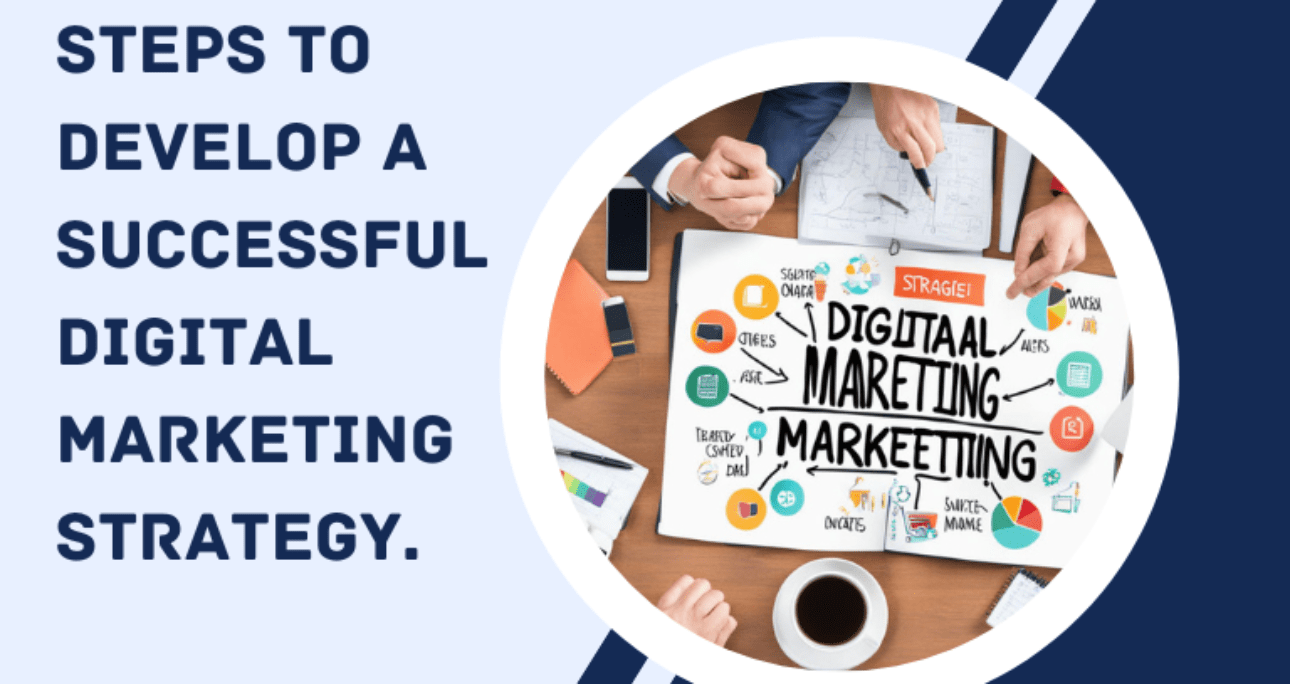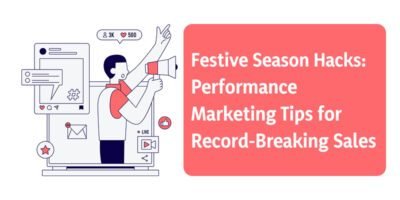The relevance of digital marketing is only increasing. Both the amount of time people spend online and marketing dollars continue to go in the direction of digital. With so many options available in digital marketing, it is simple to go right into action mode and start producing results. But one of the best ways to increase your digital return on investment is to invest in your strategy. A well-defined plan cuts down on waste, gives your work more concentration, and expands on what is already effective.
Here’s how to draft a winning strategy for digital marketing:
An effective approach begins with investigation and analysis. This provides you with a better grasp of your target market as well as a clear picture of where you are right now and how you compare to your rivals.
- Examine how you performed. To begin, assess how well you performed in the previous year. Examine analytics to find out what did and did not work, as well as why.
- Assess your rivals. Examine the online presence of your rivals for a while. The fantastic thing about internet marketing is that since it’s all public, it’s simple to see what your rivals are up to. Utilize competition research instruments such as SpyFu to obtain a complimentary plan analysis.
- Learn about your clients. Facebook has a free tool called Facebook Audience Insights that you may use to learn more about the size, demographics, interests, and habits of your audience. Another free tool to track trends in search volume and themes of interest over time is Google Trends.
2. Create a strategy map.
Formulate a well-defined plan based on your goals and desired course of action. Goals, strategies, objectives, and tactics make up the GSOT strategy framework, which can assist you in coordinating your plan.
- Your goals are the things you really desire to accomplish. For instance, the aim can be to increase revenue by 5% or get 200 people to join up for an event.
- A strategy is the method you’ll employ to accomplish your objectives. The stages of the marketing funnel are typically used to describe this; you might decide to concentrate on awareness, interest, desire, and action.
- Measurable figures that correspond to your goal are your objectives. For instance, my goal can be to reach 400 individuals or generate 200 leads if I want to increase sales by 5% this year.
- Your tactics support your goals. For instance, I might use social media and a landing page with a webinar to attract potential new customers if I need 200 leads.
You may concentrate your efforts on the areas that are most likely to stimulate business success by having a clear strategy in place. There is no shortage of things you could do in digital marketing; the difficult part is determining what you should do.
3. Identify who your target market is.
You have the ability to run campaigns with extremely accurate targeting in digital marketing. Experiment with more precise targeting than just basic demographics. For a deeper understanding of your ideal client, develop buyer personas.
4. Develop a plan for your content.
Create a content strategy based on your marketing goals and target market. The primary subjects or content categories to cover in your execution should be indicated by this.
Here are five strategies to generate ideas for content:
- Return to step one and search for inspiration from your analysis of customers and competitors.
- To view the queries people are using in search engines, visit Answer the Public.
- Use Instagram’s hashtag search feature to find popular content. Instagram is an excellent place to get inspired stuff because of its strong visual component.
- Examine the suggested searches on Google. This displays the queries that people are using in relation to your category.
- Browse Pinterest for visually appealing, widely shared content that becomes viral.
5. Decide on your strategies and channels.
Select the channels that will most likely provide you with the finest results after you have an understanding of the content that appeals to your audience.
Think of every possible digital channel, tool, and strategy you may employ. Next, order things according to the plan you developed in the second stage. Consider how each channel helps you achieve your aim and goal.
6. Establish standards and key performance indicators.
All too frequently, companies begin to operate but find it difficult to determine whether or not they are truly seeing benefits. Every investment you make should have a well-defined key performance indicator (KPI), or success indicator. Next, establish standards. Your desired outcome serves as your baseline. In the case of email marketing, for instance, my benchmark may be hitting 25% or above for my KPI, which would be my email open rate.
7. Use excellent practices when executing.
The devil is frequently in the details. You can discover that you aren’t getting the outcomes you anticipate if you overlook execution steps. Spend some time ensuring that you are following recommended procedures. Digital marketing is always changing, so even if something worked last year, it might not work this time. Remember that doing a few things well is preferable to doing many things poorly.
8. Examine and modify.
The adaptability and flexibility of digital marketing is one of its main advantages. It’s not necessary to make and follow a set plan. For instance, stop advertising and try something different if it’s not working. If visitors to your website aren’t converting, try an A/B comparison test using several calls to action. For instance, you can compare the performance of the “sign up now” and “learn more” calls to action.




